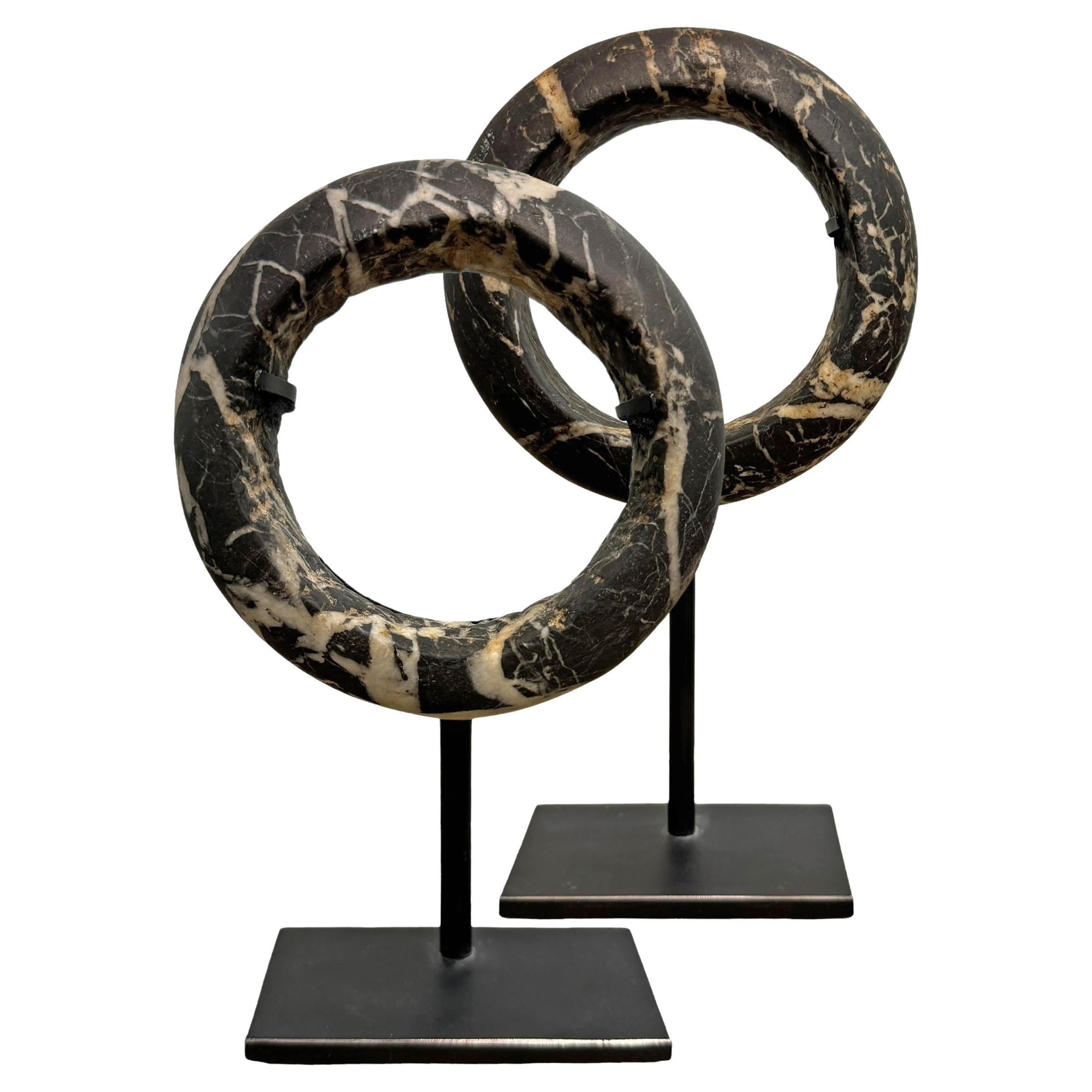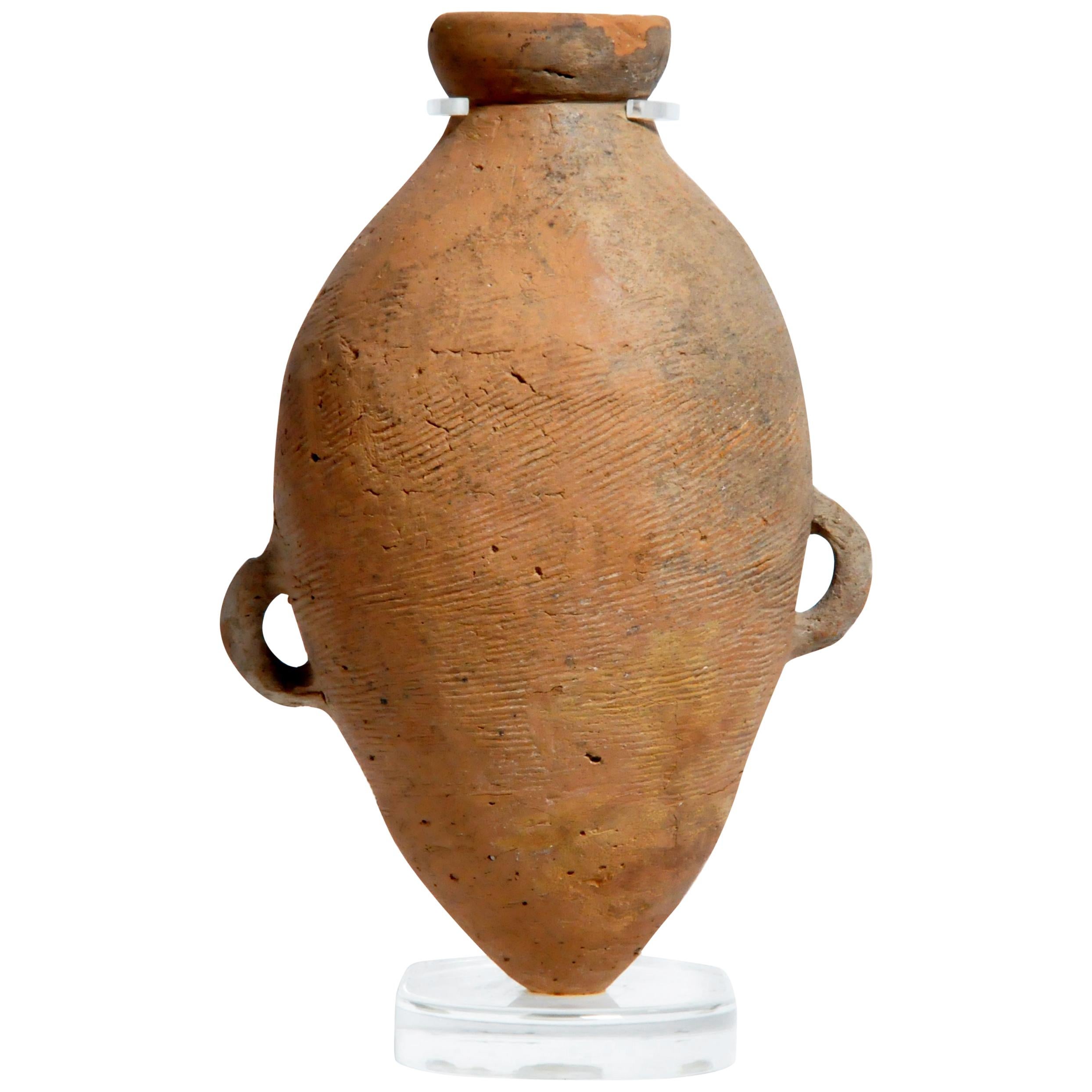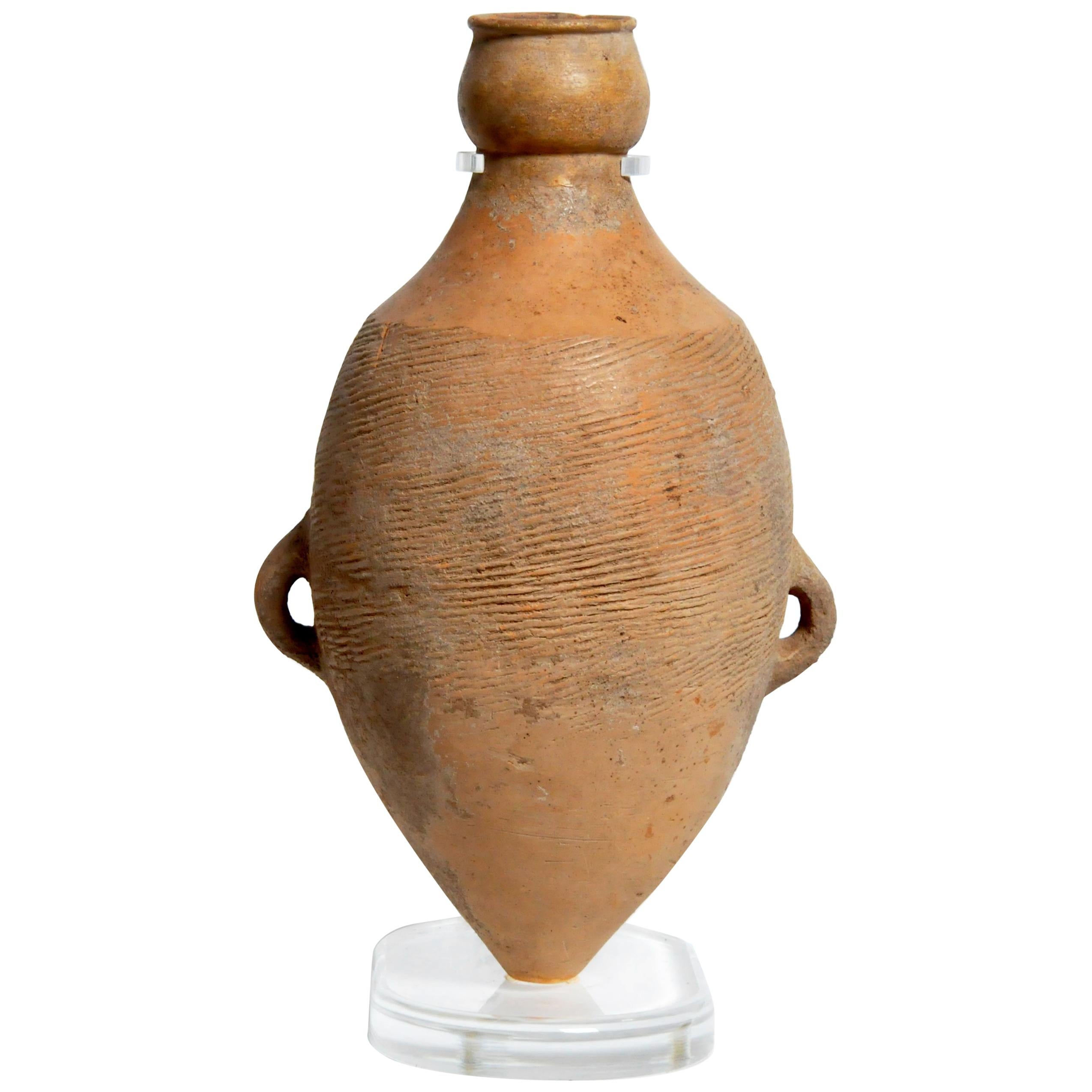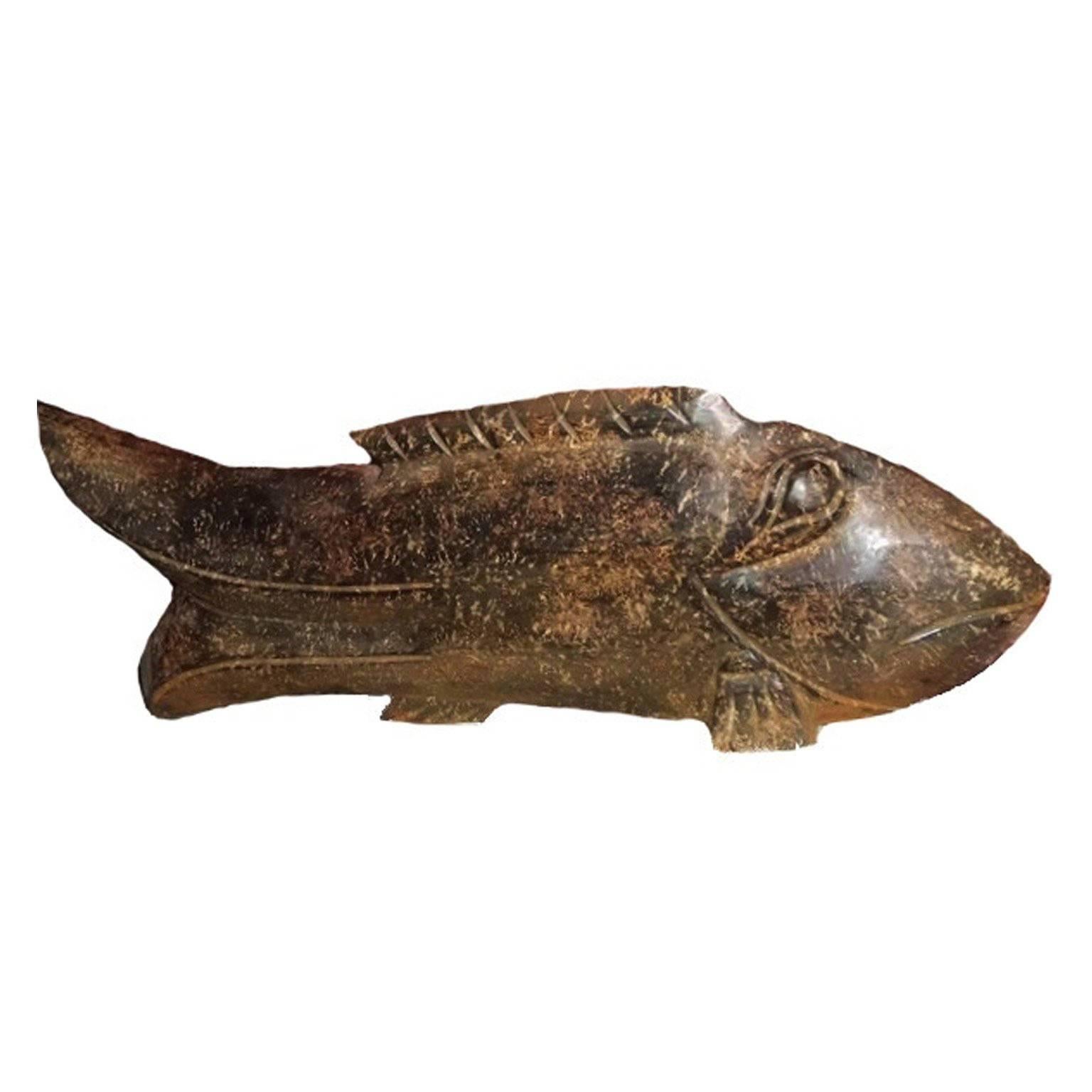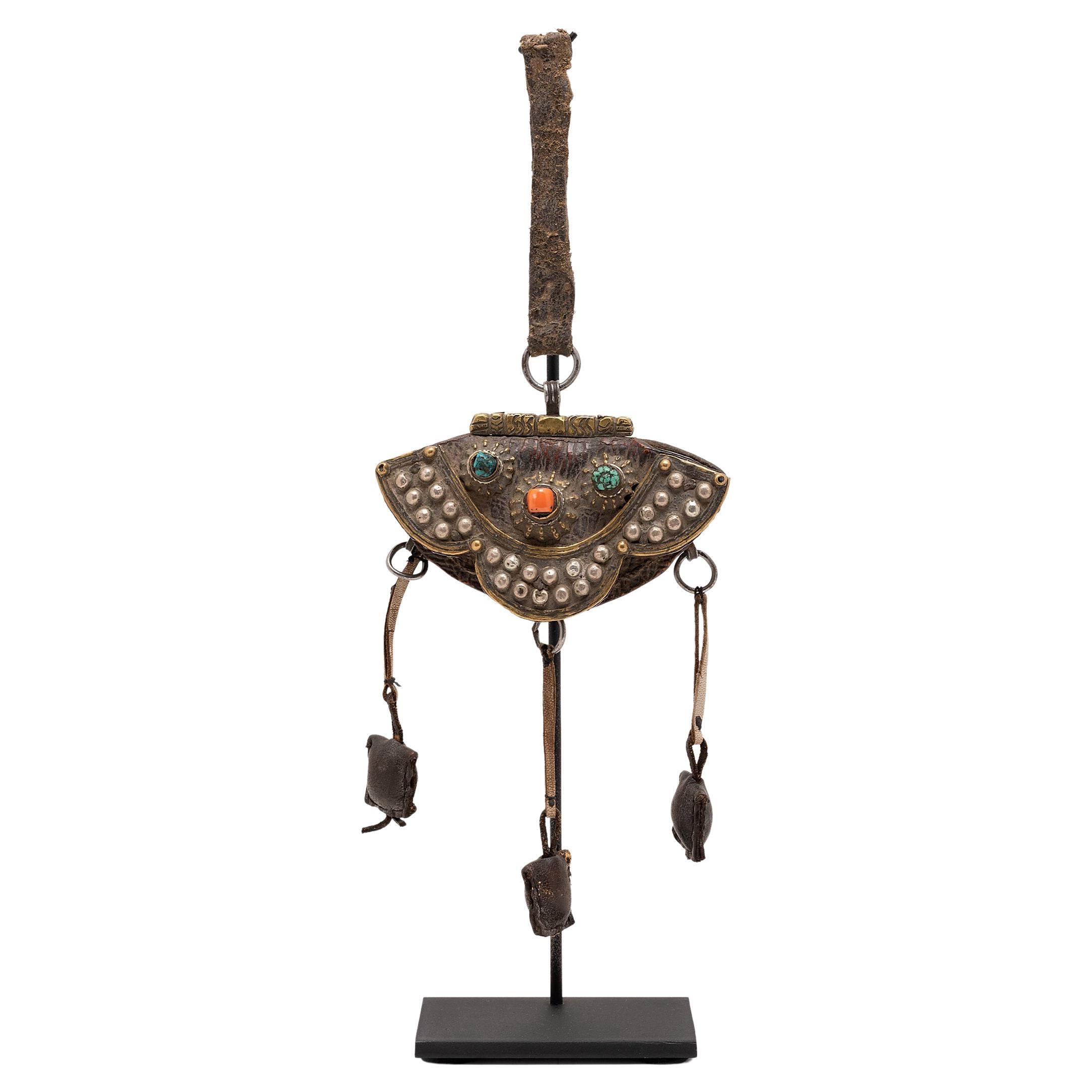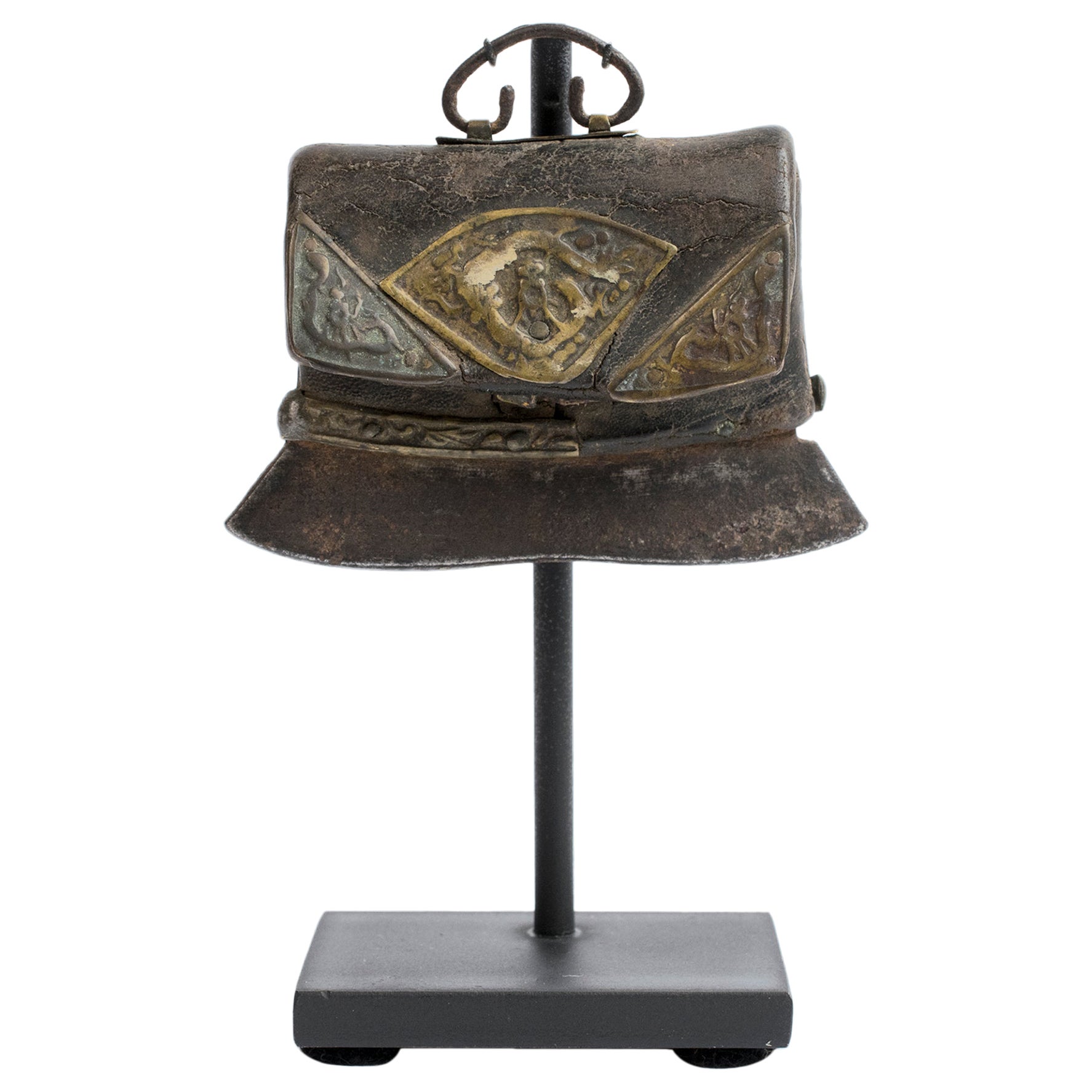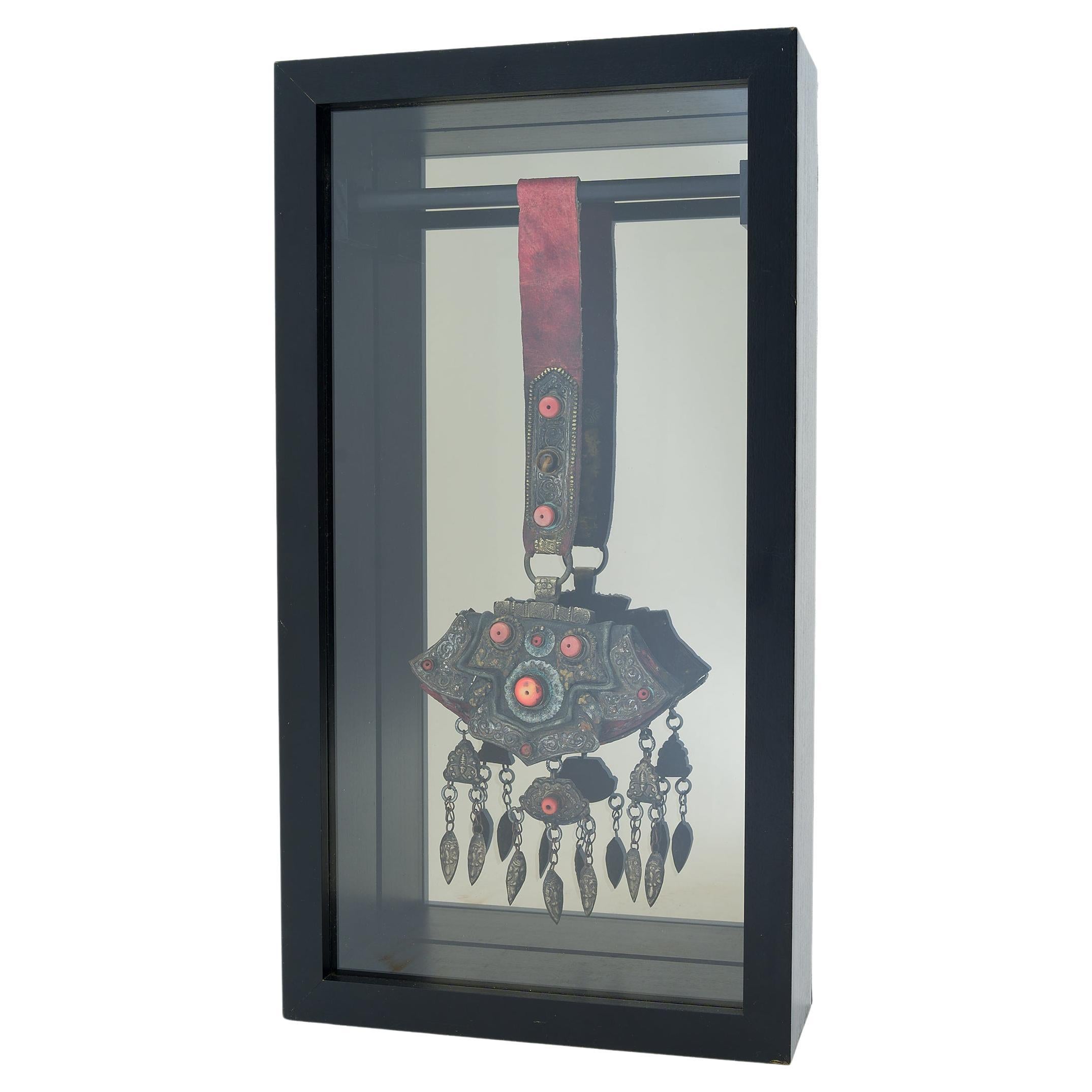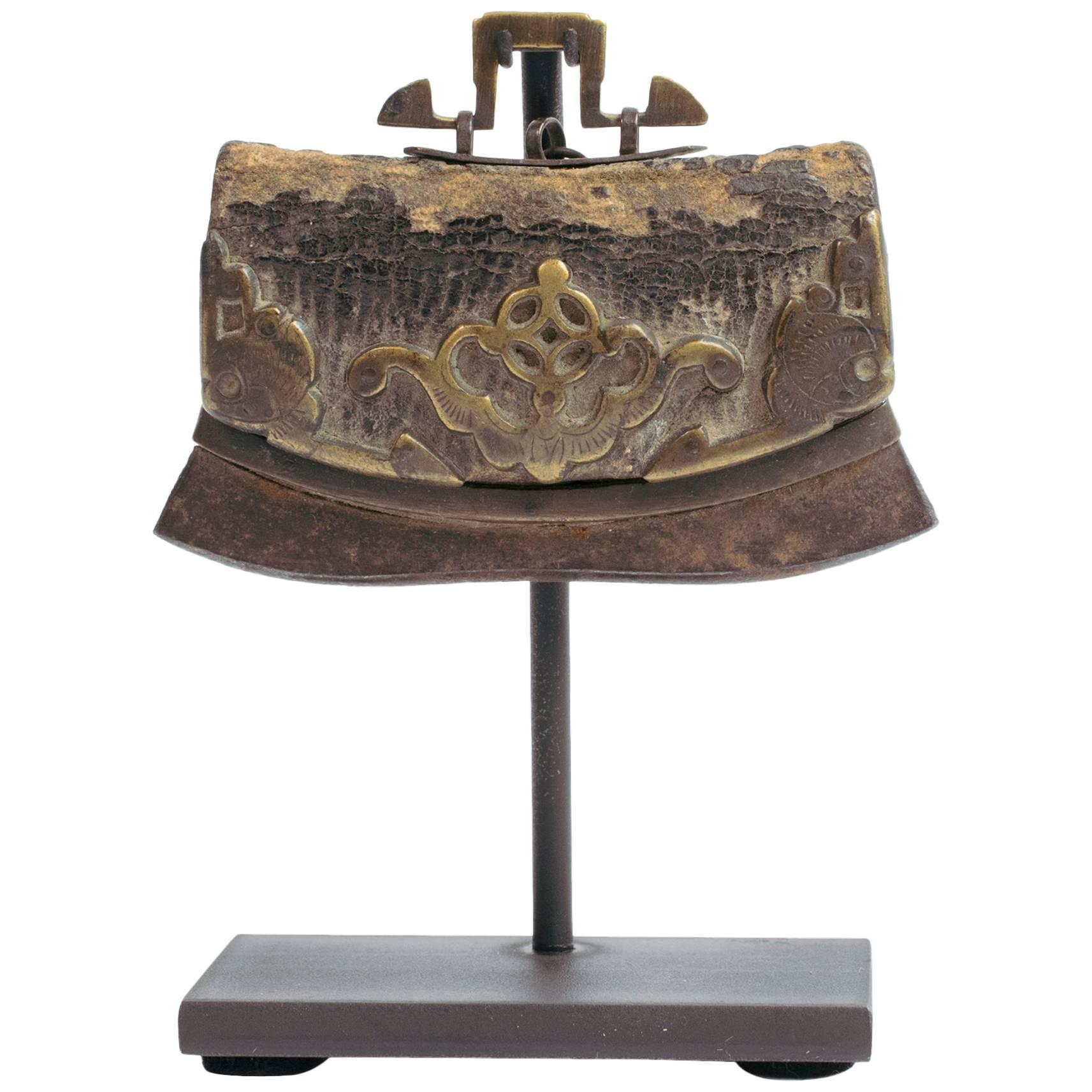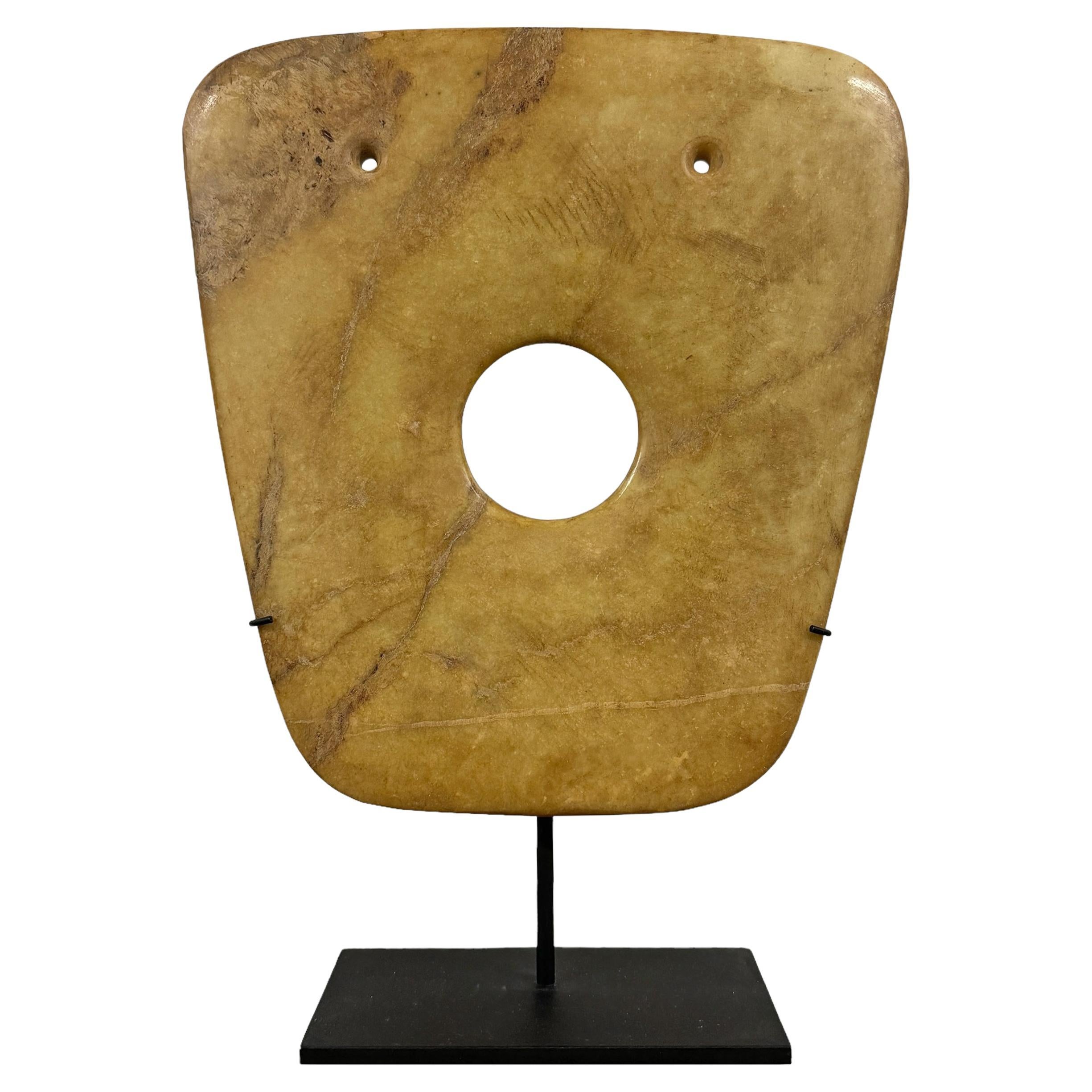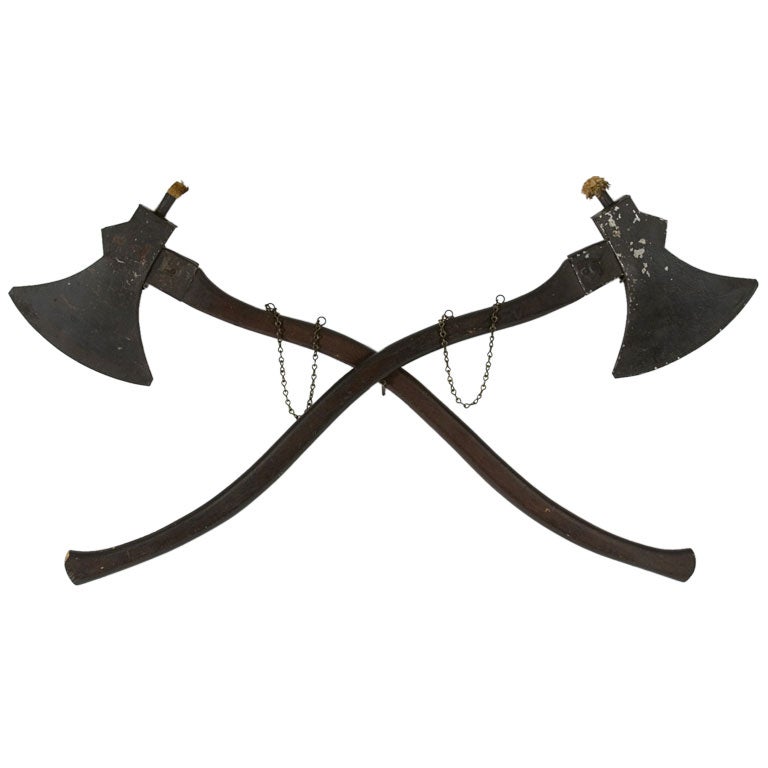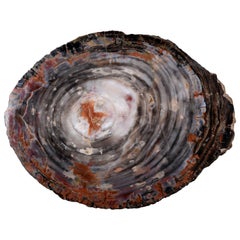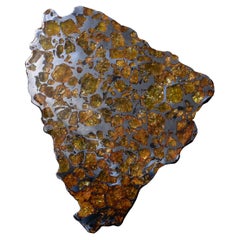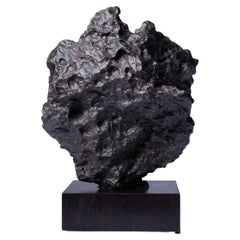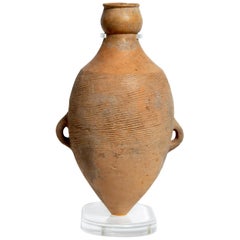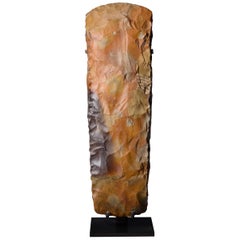
Neolithic Flint Axe from Denmark, 4000 BC
View Similar Items
Want more images or videos?
Request additional images or videos from the seller
1 of 9
Neolithic Flint Axe from Denmark, 4000 BC
About the Item
- Dimensions:Height: 11.25 in (28.58 cm)Diameter: 3 in (7.62 cm)
- Place of Origin:
- Period:
- Date of Manufacture:4000 BC
- Condition:
- Seller Location:London, GB
- Reference Number:1stDibs: LU1052214385092
About the Seller
5.0
Recognized Seller
These prestigious sellers are industry leaders and represent the highest echelon for item quality and design.
Established in 2008
1stDibs seller since 2014
100 sales on 1stDibs
Typical response time: 8 hours
Associations
LAPADA - The Association of Arts & Antiques DealersInternational Confederation of Art and Antique Dealers' AssociationsThe British Antique Dealers' Association
More From This SellerView All
- Petrified Wood Slice from ArizonaLocated in London, GBA large section of a petrified conifer tree trunk, (Araucarioxylon arizonicum) from Northern Arizona, dating to the Triassic period, circa 225 million years ago. Over hundreds of m...Category
Antique 15th Century and Earlier American Wall-mounted Sculptures
MaterialsQuartz
- End-Cut from the Imilac MeteoriteLocated in London, GBImilac Meteorite End-Cut circa 4.5 Billion y/o Measures: 10 x 13 x 1 cm “This interior section of the Imilac pallasite shows a large range of olivine grain sizes there are coarse grains, grain clusters and fine-grained, crushed olivine debris. All of the olivine grains are surrounded by a matrix of metallic iron-nickel derived from the top of a molten core of a differentiated asteroid”. Dr Alan E. Rubin, PhD Department of Earth, Planetary, and Space Sciences...Category
Antique 15th Century and Earlier Chilean Natural Specimens
MaterialsIron, Nickel
- Sculptural Iron Meteorite from Morasko, PolandLocated in London, GBIron Meteorite from Morasko, Poland Circa 4.55 Billion y/o Iron, IAB-MG A sculptural iron meteorite dating to the formation of the solar system, s...Category
Antique 15th Century and Earlier Polish Natural Specimens
MaterialsIron
- Cross-Section from an Exceptional Lunar MeteoriteLocated in London, GBA piece of the moon - superb lunar meteorite gadamis 004 - Anorthosite 4.5 Billion y/o Among the rarest substances to be found on Earth, thi...Category
Antique 15th Century and Earlier Libyan Natural Specimens
MaterialsStone
- Large Leaf Fossil from the Green River FormationLocated in London, GBA large and beautifully preserved fossilised leaf from the Green River formation, a site which has brought forth some of the best-preserved fossi...Category
Antique 15th Century and Earlier North American Wall-mounted Sculptures
MaterialsOther
- Ancient South Arabian Alabaster InscriptionLocated in London, GBSouth Arabian Alabaster Inscription Calcite Alabaster circa 1st century A.D. ‘’Consequently, neither white marble of Paros nor any other stone which men admire can be compared with the precious stones of Arabia, since their whiteness is most brilliant, their weight the heaviest, and their smoothness leaves no room for other stones to surpass them.’’ - Diodorus Siculus, Library of History, Book II, 52.9 This inscription, finely worked on an alabaster tablet, is a remarkably well preserved example of Ancient South Arabian script, with its distinct bold, angular forms, written in the Qatabanic dialect - that is, the dialect spoken by the people of the kingdom of Qataban, which ruled much of modern day Yemen from the 7th Century B.C. to the 2nd Century A.D. The text, which reads: ‘[... ...]sa?d and Ma?add?i- / (of the lineage) of Hawfa- / She entrusted Anb- / against any malfeasance (which would remove it) from its place’ - indicates that it likely served to commemorate a temple offering. The quality of the script, incised so neatly into the surface of the alabaster, tells us that this piece was commissioned by somebody of considerable wealth and prestige, employing a scribe of equally considerable expertise. South Arabia was known throughout the ancient world for its incredible wealth - so much so that the Romans termed the region ‘Arabia Felix’ - literally, ‘Happy, or Fortunate, Arabia.’ That wealth was built largely on the trade of spices and incense, in which the Kingdom of Qataban played a major part. According to Pliny the Elder, this was the sole country through which frankincense could be exported, first being collected in the city of Shabwa, on the South Arabian coast, and from there travelling by camel up to Gaza, to be shipped all across the Mediterranean - not only that, but all growers of myrrh across Arabia were required to give a quarter of their yield to the king of the Qatabanians. As such, the kingdom became exceedingly rich and powerful, and Pliny goes on to tell us that ‘The nations of the Larendani and the Catabani, and the Gebanitæ [...] occupy a great number of towns, the largest of which are Nagia, and Thomna (the capital of Qataban) with sixty-five temples, a number which fully bespeaks its size.’ Because of the nature of its exports, frankincense in particular - the ‘sweat of of the gods’ according to the Egyptian Book of the Dead, and perhaps most famous as one of the three gifts brought to the newborn Christ - being closely associated with the divine, South Arabia’s reputation in antiquity was as a mysterious, almost sacred, and - crucially - extraordinarily wealthy region, at the very edge of the known world; in the words of Herodotus: ‘’Enough of marvels, and yet the land of Arabia gives off a scent as sweet as if divine.’’ This inscription invokes the protection of god Anbay, the judge-oracle of the chief god ‘Amm, who he served as an attendant. Much of what we know of the religious life of the ancient South Arabians comes to us from early Islamic texts, describing what is known in Islamic scholarship as ‘Jahiliyyah’ - the age before the advent of Islam in Arabia. What comes across in much of these texts is that these religious practices placed a great deal of emphasis on sacred stones, perhaps linked to the brilliance of the alabaster which is local to the region, and which a great many of the cult-objects produced in this time are made from. Hisham ibn-Al-Kalbi’s Book of Idols records: ‘’The Arabs were passionately fond of worshipping idols [...] Whenever a traveller stopped at a place or station in order to rest or spend the night, he would select for himself four stones, pick out the finest among them and adopt it as his god, and use the remaining three as supports for his cooking-pot.’’ This inscription was once in the collection of the intrepid British-Australian travel...Category
Antique 15th Century and Earlier Yemeni Abstract Sculptures
MaterialsAlabaster
You May Also Like
- Pair of Neolithic Stone Bracelets from MaliLocated in Chicago, ILThese exquisite Neolithic bracelets from Mali are a captivating testament to ancient craftsmanship and ingenuity. Carved from limestone with natural crystalline veins coursing throug...Category
Antique 15th Century and Earlier Malian Tribal Mounted Objects
MaterialsStone
$1,950 / set - Neolithic Jar on StandLocated in Chicago, ILThis Neolithic jar originates from China 3500 BC and these funerary jars were placed in tombs and intended for use in the afterlife.Category
Antique 15th Century and Earlier Chinese Jars
MaterialsTerracotta
$3,200 - Neolithic Jar on StandLocated in Chicago, ILThis Neolithic jar originates from China 3500 BC and these funerary jars were placed in tombs and intended for use in the afterlife.Category
Antique 15th Century and Earlier Chinese Jars
MaterialsTerracotta
$3,200 - Giant Granite Fish, Neolithic StyleLocated in Somis, CABeautiful Neolithic style fish is carved from a single boulder. Its design is typical of China's ancient Red Mountain Culture. The stone has a brownish green color and the texture of polished granite...Category
20th Century Chinese Primitive Animal Sculptures
MaterialsGranite
- Tibetan Flint Striker, C. 1850Located in Chicago, ILIn 19th-century Tibet, many men carried a fire striker to help ensure survival in the often-harsh climate of the Tibetan Plateau. Known as mechag, such strikers would hang from one's belt and often doubled as a small pouch for flint and tinder. The finest strikers were finished with precious metals and decorated with repoussé and inlaid stones. This leather flint pouch is decorated with silver and gold plated metalwork and three large beads of turquoise and red coral. The mechag hangs from a simple leather strap and three decorative leather beads hang below. The pouch contains two Tibetan prayer flags...Category
Antique Mid-19th Century Tibetan Tibetan Mounted Objects
MaterialsCoral, Gold Plate, Steel, Metal
- Tibetan Mechag Flint Striker, c. 1850Located in Chicago, ILIn 19th-century Tibet, many men carried a fire striker to help ensure survival in the often-harsh climate of the Tibetan Plateau. Known as mechag, such st...Category
Antique Mid-19th Century Tibetan Tibetan Mounted Objects
MaterialsMetal, Steel
